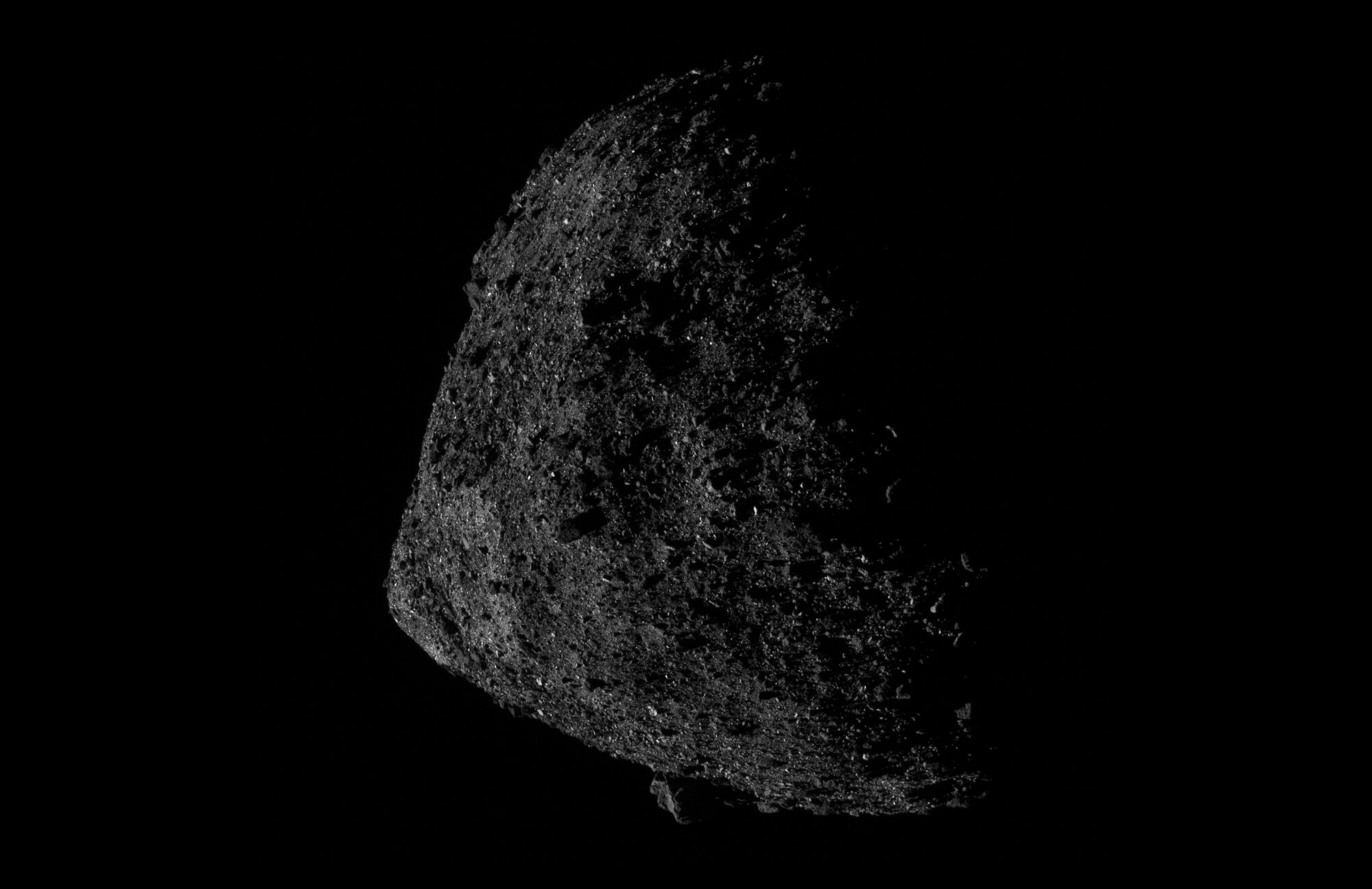What just happened? NASA's OSIRIS-REx spacecraft recently broke its own record when it captured a highly detailed image of an asteroid as it orbited the body closer than any spacecraft has done before.
Back in September 2016, NASA launched its OSIRIS-REx spacecraft on a seven-year mission to collect samples from an asteroid named Bennu and make its way back home by 2023.
Recently, the spacecraft entered a new phase of the mission, known as Orbital B, in which it was placed in orbit just 680 meters (2,231 feet) above the asteroid surface. That distance is the closest yet of a spacecraft orbiting around a planetary body. The previous record of approximately 1.3 kilometers (0.8 miles) was also set by OSIRIX-REx in December last year.
The image of the 78 billion-kilogram asteroid "was taken from a distance of 0.4 miles (690 m) above the asteroid's surface by NavCam 1, one of three navigation cameras that comprise the spacecraft's TAGCAMS (the Touch-and-Go Camera System) suite. At this distance, details as small as 1.6 ft (0.5 m) across can be resolved in the center of the image."
This is the view from the closest orbit a spacecraft has ever made around a planetary body.
--- NASA's OSIRIS-REx (@OSIRISREx) June 17, 2019
This navigation image of asteroid Bennu was taken shortly after orbital insertion on June 13 from a distance of 0.4 miles (690 m).
Image details: https://t.co/8aFYUKK4cW pic.twitter.com/jraAXwRAw1
The close-up and highly detailed image of Bennu shows half of the rock's body lit by sunlight and the other in complete darkness with the asteroid's largest boulder protruding from its southern hemisphere. Also makes for a cool wallpaper.
Previous findings of the mission reported Bennu being full of hydrated minerals, which means lots of water in its molecular structure and a surface covered in boulders and caves. According to NASA, the spacecraft will remain in its current orbit until the second week of August, after which it will transition to a higher Orbital C for additional particle observations.
The OSIRIX-REx team will use the data collected from Orbital B to assess the safety and likelihood of collecting a sample from each potential site on the asteroid Bennu, an event scheduled to take place in the summer of 2020, with the spacecraft delivering its sample to Earth by September 2023.
Thumbnail Credits: University of Arizona, Main Image: NASA
